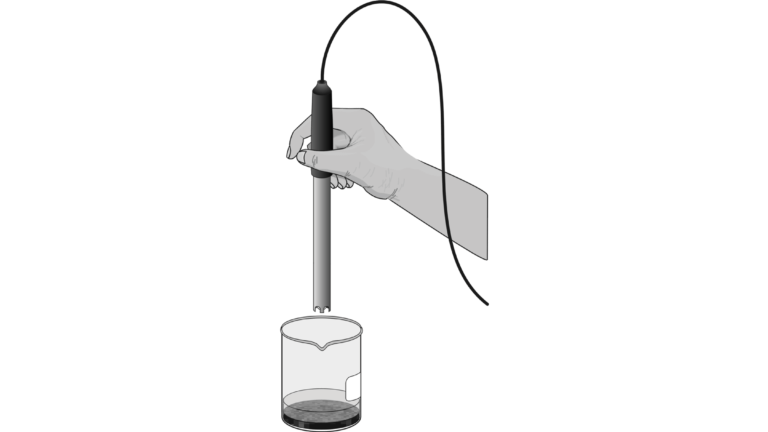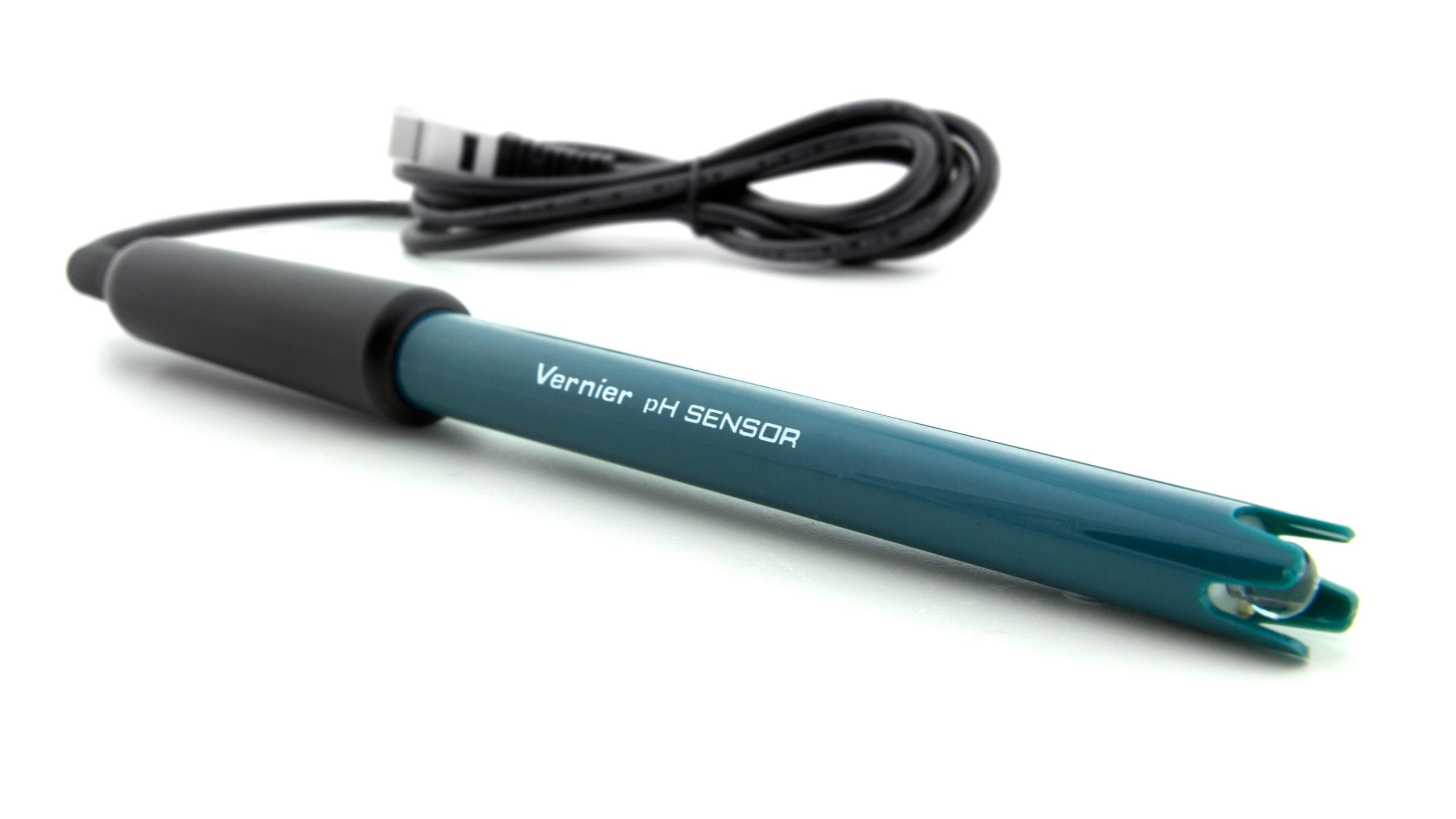Soil pH
Experiment #10 from Investigating Environmental Science through Inquiry
- Subject
- Environmental Science

Introduction
When you think of pH, you probably think of acidic and basic solutions. But soil can be acidic or basic, too. Soil pH, sometimes referred to as soil acidity, can be expressed using the pH scale. The pH scale ranges from 0 to 14. Soils with pH above 7 are basic or sweet. Soils with pH below 7 are acidic or sour. A soil with a pH of 7 is neither acidic nor basic, but is neutral.
The pH of soil is an important factor in determining which plants will grow because it controls which nutrients are available for the plants to use. Three primary plant nutrients – nitrogen, phosphorus, and potassium – are required for healthy plant growth. Because plants need them in large quantities, they are called macronutrients. They are the main ingredients of most fertilizers that farmers and gardeners add to their soil. Other nutrients such as iron and manganese are also needed by plants, but only in very small amounts. These nutrients are called micronutrients.
Objectives
In the Preliminary Activity, you will gain experience using a pH Sensor and learn soil pH measuring technique as you determine the pH of a soil sample.
After completing the Preliminary Activity, you will first use reference sources to find out more about soil pH before you choose and investigate a researchable question dealing with soil pH.
Sensors and Equipment
This experiment features the following sensors and equipment. Additional equipment may be required.
Ready to Experiment?
Ask an Expert
Get answers to your questions about how to teach this experiment with our support team.
- Call toll-free: 888-837-6437
- Chat with Us
- Email support@vernier.com
Purchase the Lab Book
This experiment is #10 of Investigating Environmental Science through Inquiry. The experiment in the book includes student instructions as well as instructor information for set up, helpful hints, and sample graphs and data.


